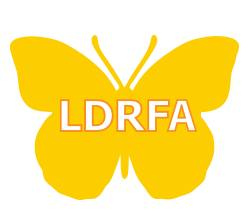By Shannon Stringer & Zahavit Paz
An overview of the different types of critical assistive technologies needed to provide support for student success in all academic settings.
Table of Contents
ToggleTechnology can give students access to learning opportunities previously closed to them. It will help level the playing field.
Technology can be the great equalizer for teaching in a classroom with diverse learners. Teachers often find difficulty handling diverse disabilities in one classroom. Assistive technology can often help teachers personalize lessons and skills enhancement for each student. Children with learning disabilities today often have better technology skills than their teachers. They are exposed and drawn to smart phones, tablets, computers and other gadgets from an early age so using them in the classroom makes perfect sense.
When using assistive technology, it is important to look at the needs of the student and the task that is being attempted. Then you can determine if assistive technology is appropriate and which type of technology might help the student succeed. For example, text to speech is not appropriate in a decoding class, where the point of the class is to learn to decode or improve fluency. However, in a social studies class, students should not be held back by their decoding level. Allowing them to “read” (using text to speech) allows them access to material that is at their comprehension level, which is often much higher than their decoding level.
In the 21st century, there are fantastic tools for students and adults with learning disabilities, dyslexia and ADHD. They include assistive technology on products such as most computer and device operating systems, including those from Microsoft, Apple and Google, are available with technology such as screen readers, voice-to-text and speech recognition that allows for general navigation throughout the computer. These basic accessibility features are generally offered at no extra cost! Learning how to use effectively and install all these technology tools remains the biggest challenge for many college students and adults with LD /ADHD.
In the Assistive Technology Overview on this website, we review what we think are the most effective tools for various tasks. Take a look!
2017 – 03-13 At Everyone Reading Annual Conference presentation


